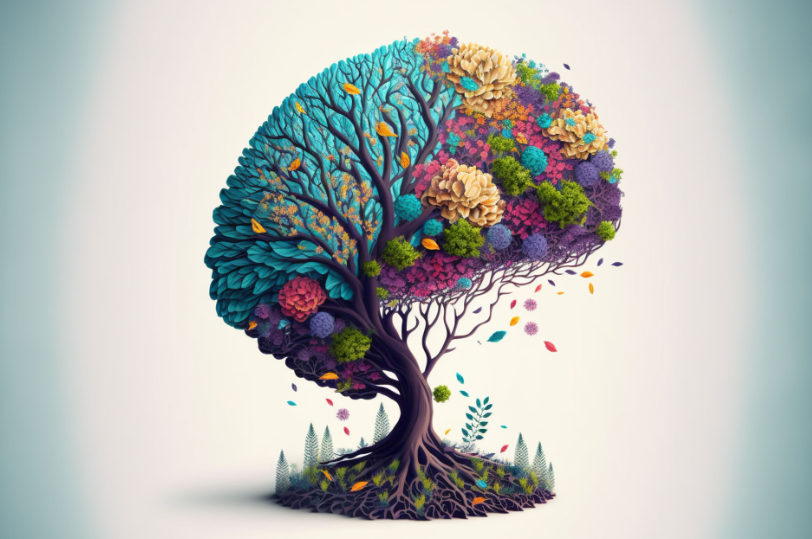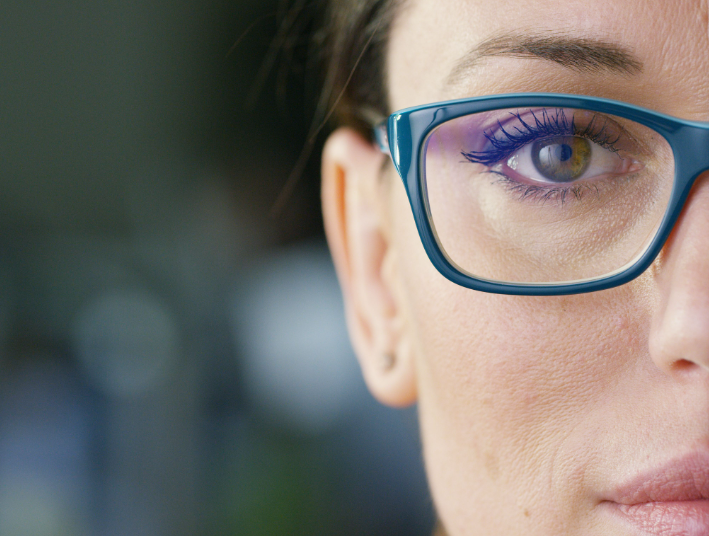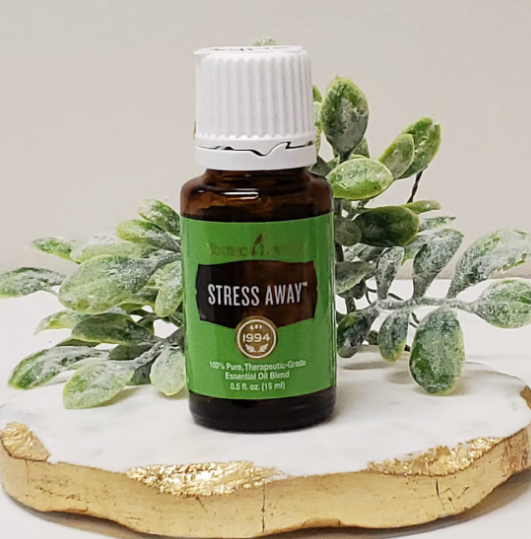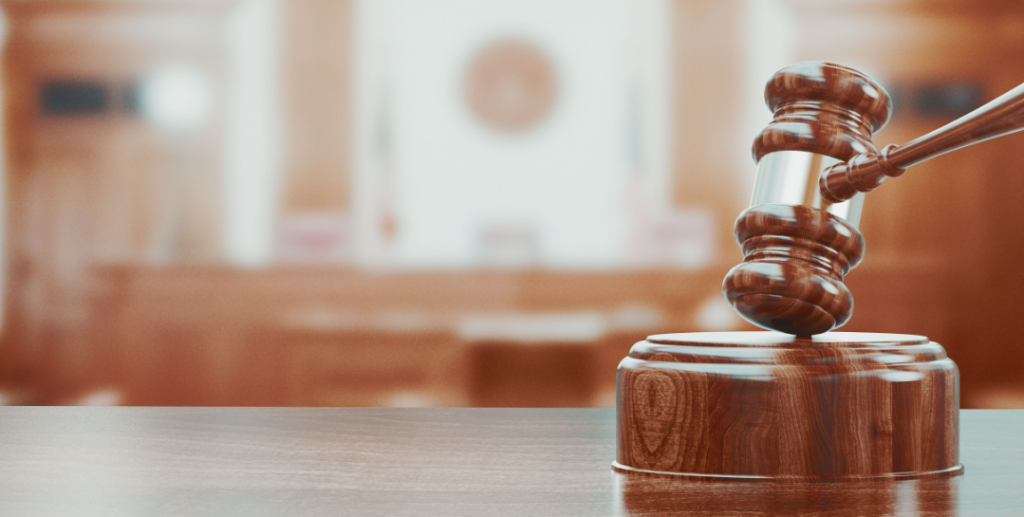By Amy Lawson Moore, PhD
With dreams of attending a top-ranked college, you need very high scores on both sections of the entrance exam. For months, you study and prep and study some more for the SAT. You are ready on test day. This day will determine your life’s course. As you take your seat, you notice your palms are sweaty, and you feel your heart pounding in your chest. When the test begins, your mind goes blank. You find yourself unable to remember anything you studied. Even the easiest math questions are impossible to answer. You are now breathing fast and feeling nauseous. You put your pencil down, run out of the room, and collapse in a puddle of tears. What’s happening?
That phenomenon is called the amygdala hijack and can happen anytime we experience an extremely stressful situation. The amygdala is the emotional filter for the brain. It responds to a stressor in less than a second by signaling the adrenal glands to release two hormones called cortisol and adrenaline. Once the stressor releases those hormones, the amygdala overrides the prefrontal cortex where all the higher-order thinking occurs. Cognition, learning, problem-solving, and even accessing memories are all inhibited. In other words, the amygdala hijacks the brain.
Although this response is useful when you need to flee quickly from a physical threat (like outrunning a bear), the amygdala hijack can be detrimental to our functioning in everyday stressful scenarios like the one described above. And we can’t do much to recover the logical thinking part of the brain while emotions hijack it. But we can learn to shut it down so that we can more quickly re-engage our frontal lobe. Or in the case above, we can teach our kids how to manage this extremely frustrating phenomenon. Here are the three steps to regaining control:
- Recognize the Hijack
The first step in regaining control of the thinking part of the brain is to recognize when the amygdala hijacks it. Psychiatrist and author Dr. Daniel Siegel says it’s important we “name it to tame it.” That is, once we acknowledge the emotion and say it to ourselves (or someone we trust), we’ve completed the first step toward reclaiming our prefrontal cortex. For example, the student taking the SAT might recognize the sweaty palms and rapid heartbeat were signs of high stress, and then stop to think, “I’ve been triggered, and I’m feeling scared.” - Clear Your Mind
Irrational thoughts will spin in our minds when the amygdala is in charge. These thoughts can lead to behaviors we may regret later, so it’s important to get rid of them as quickly as possible. Neuroanatomist Dr. Jill Bolte Taylor says it only takes 90 seconds to regain control if we let the process play out without engaging in it. She tells us the chemical process that triggered the amygdala hijack will be over in 90 seconds, and we can wait it out. Any leftover emotions after 90 seconds are actually a choice, not biologically determined. That’s great news! Sitting with strong emotions without acting on them takes practice, but comes with great reward once we’ve mastered the ability to ignore those irrational thoughts.
- Breathe
We hear over and over the importance of learning mindful breath work, but how many of us actually try it? Maybe more of us would if we knew how it helps. When the amygdala is in charge, oxygen is diverted to it and away from the frontal lobes responsible for logical thinking. Deep breathing will help bring oxygen back to the frontal lobes! You can explore dozens of helpful breathing exercises to find one that’s most comfortable for you. An easy one to get started with is called 4-7-8 Breathing. Sit with your back straight and inhale through your nose to a count of 4, hold your breath for a count of 7, and exhale through your mouth for a count of 8. Repeating this cycle five times takes 95 seconds—five seconds longer than the time takes for the amygdala hijack to expire. How convenient!
Understanding the phenomenon of the amygdala hijack can help us (and our kids) approach it with intentionality rather than allowing it to continue interfering with rational thinking and learning. Regardless of the source of stress, the ability to have a sense of control over the biological response to the stressor can be life-changing for people of every age.
Dr. Amy Moore is a cognitive psychologist in Colorado Springs, CO, at the headquarters of LearningRx, the largest network of brain training centers in the world. She specializes in cognition and learning in neurodevelopmental disorders, brain injury, learning disabilities, and age-related cognitive decline. She is also Editor-in-Chief of Modern Brain Journal, a board-certified Christian counselor, and co-host of the podcast Brainy Moms. Learn more about her work at www.AmyMoorePhD.com and www.LearningRx.com.











